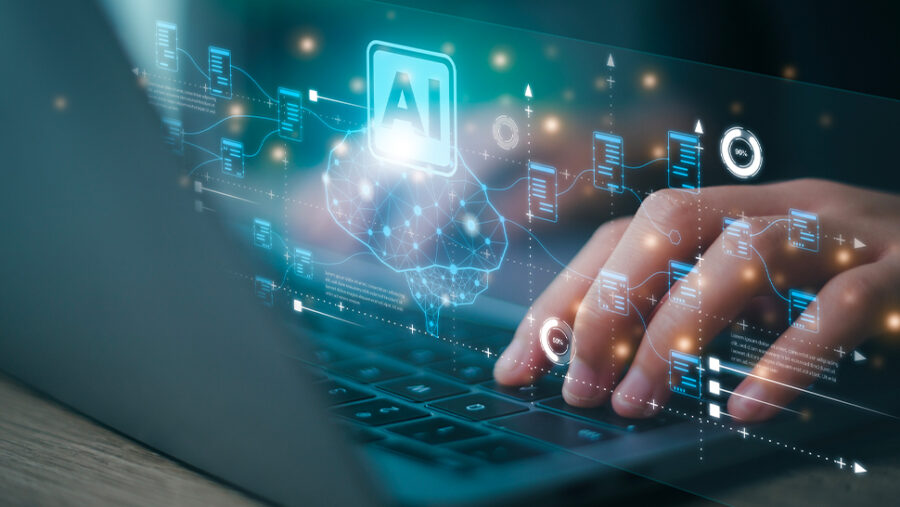

A tool that can help you work quicker and smarter – sounds good doesn’t it? Even Court of Appeal Judge Lord Justice Birss has used Generative Artificial Intelligence (ChatGPT); in his case to summarise an area of law which he went on to apply in a judgment. ChatGPT and other GAI can be used to increase efficiency and reduce costs and therefore could be a real asset to businesses. However, as with most new technologies there is always risk.
You may have heard about the US intellectual property lawyers who used ChatGPT to assist them with a court filing. Unfortunately for the lawyers involved they didn’t check the cases that ChatGPT relied on, which were in fact fictitious. The judge in their case wasn’t too impressed and fined them. A cautionary tale for those using GAI in the workplace.
Whilst there seems to be a growing consensus that GAI is both useful and here to stay, many employers have not yet assessed the risk to their business of employees using GAI to help them complete tasks, or even aware that employees may be doing so.
What are some of the risks of allowing employees to use GAI in the workplace?
A major one has already been mentioned, the risk of hallucinations (where GAI produces inaccurate or false information, as the US intellectual property lawyers found out the hard way). If work produced by GAI is not thoroughly reviewed and checked there’s a risk of inaccuracies or false information being provided, either internally to the business or externally to clients. Other such risks include data protection and copyright risks, as generally speaking, anything that’s put into a GAI system is reused as part of the systems learning, meaning confidential information of the employer and/or client, if entered, does not remain confidential. Employers therefore need to be clear about whether the use of GAI by its employees is permitted and if so, the scope of any such use and any conditions on GAI use.
What approaches can employers take to the use of ChatGPT?
Depending on the business, employers may take different approaches to the use of ChatGPT. Employers can:
- Prohibit the use of GAI
- Limit the use of GAI to closed employer operated systems
- Permit the use, but set out clearly what is permitted, what’s not permitted and expectations on employees when using any GAI
If the employer wants to prohibit or limit the use of GAI (options 1 and 2 above), this should be clearly communicated to employees, making it clear that any prohibited use could result in disciplinary action.
Where employers are minded to allow employees to use GAI (option 3 above) they would ideally have a policy that deals with employees use of GAI in the workplace. This makes it really clear what use is permitted and what is expected of employees when using GAI. Such a policy could include:
- Setting out which GAI applications are permitted
- Explaining permitted use for GAI, for example, GAI may be permitted to be used to draft internal memos and presentations
- Providing guidelines for use, ensuring employees are aware of the risks associated with GAI use, for example stating that no confidential information should be used in any GAI application
- Signposting who to seek authorisation from for use of GAI for a purpose not listed in the policy as new uses for GAI may be discovered after the policy is drafted which the employer would want to permit
- Notifying employees of the employers right to monitor use of GAI and the remit of any such monitoring, if the employer wishes to do this
- The requirement of transparency, namely not passing off work produced by GAI as an employees own and/or making a note of where GAI has been used in producing work
- Whether any record keeping of GAI use is required.










